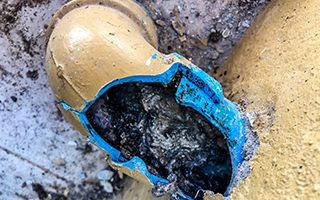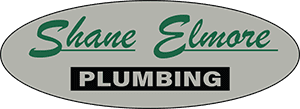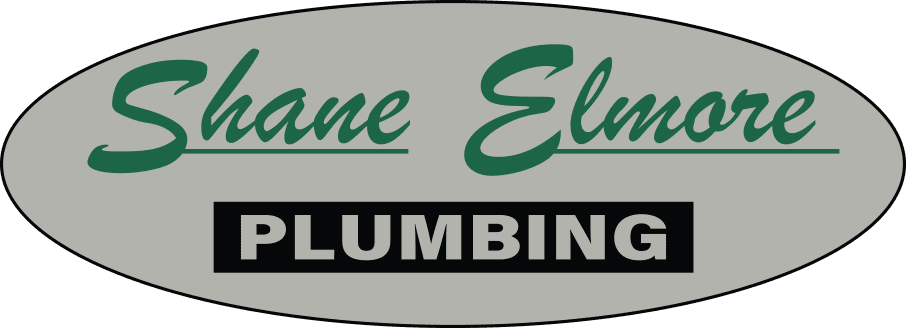What Do You Do When Your Main Sewer Line Clogs?

Your main sewer line is responsible for draining all of the waste water that goes down the drains, so if it clogs you could pretty quickly find yourself in hot water, so to speak. Here is everything you need to know about how to tell if you have a main sewer line clog, what to do about it if you do, and how to avoid them in the future.
Signs You May Have a Main Sewer Line Clog
What do you do if you think you have a main sewer line clog, but you want more information before you start making phone calls? Here are a few signs that it’s your main line that’s clogged.
- Multiple slow-running drains. If more than one drain is draining slow, it’s probably not a coincidence, but an indication that one clog is causing issues for all of them. You’ll usually see them start running slowly on the first floor first, where they’re the closest to the blockage, and as the situation worsens, second-floor drains will start being affected too.
- Water backing up into other drains. If water starts coming out of the drain in a main floor tub or shower, or if the toilets start filling up when you use a drain or run the washing machine, most likely you have a main sewer line clog. The water has to go somewhere, and since it can’t flow out of the house the way it usually does, it’ll find another opening.
- Gurgling sounds. If you hear gurgling when you run water down the drain, flush the toilet, or run the washing machine, that’s a sign that the water is having trouble draining. The gurgling noises are the sounds of water passing with difficulty past a blockage.
- Sewage odors coming from the drains. If your drains have a foul ordor, especially on the lower levels, it’s a pretty good indication that sewage water is backing up into them.
It’s the Main Sewer Line! What Now?
If you have the symptoms of a main sewer line clog, don’t panic! It’s usually an easy fix for someone with the right equipment and experience. Here’s what to do.
- Don’t use the water! With nowhere else to go, the water is just going to keep backing up into your home. Remember, this isn’t clean water, so stop adding to it if at all possible.
- Find your sewer clean out line. If you’re comfortable with a little DIY, you may be able to release the pressure and get the water to drain by opening the cap on the sewer clean out line. Sometimes they are located in the yard, but if yours is in your basement or crawl space, you might want to wait for the plumber to avoid causing water damage to your home.
- Clear the clog. If you’re a dedicated do-it-yourselfer with a frequent flyer card to the hardware rental store, you might be knowledgeable and experienced enough to clear a main sewer line clog yourself. It’ll entail running a professional-grade plumbing snake, also known as an auger, down your main line until the blockage has been cleared. We recommend you call a professional such as Shane Elmore Plumbing and we’ll do the dirty work (literally) for you.
Avoiding Future Clogs
Dealing with a blocked main sewer line is no fun, even if you let the professionals handle clearing it for you. Here are a few tips for avoiding another one in the future.
- Keep grease, coffee grounds, paint, etc. out of your drain. These substances all tend to clump and solidify, and could cause or contribute to a future blockage.
- Watch what you flush. Don’t flush anything like facial tissue, baby wipes or paper towels, which won’t dissolve quickly or completely enough in the pipes.
- Use toilet paper that dissolves. Not all toilet tissue is created equal. To make sure your toilet paper will dissolve in the pipes, leave a square of it in the toilet bowl for an hour. If it’s still intact after an hour, think what it’s doing in your pipes! If you think you have a main sewer line clog, act quickly. Call Shane Elmore Plumbing today and we’ll get you back up and running again in no time!




